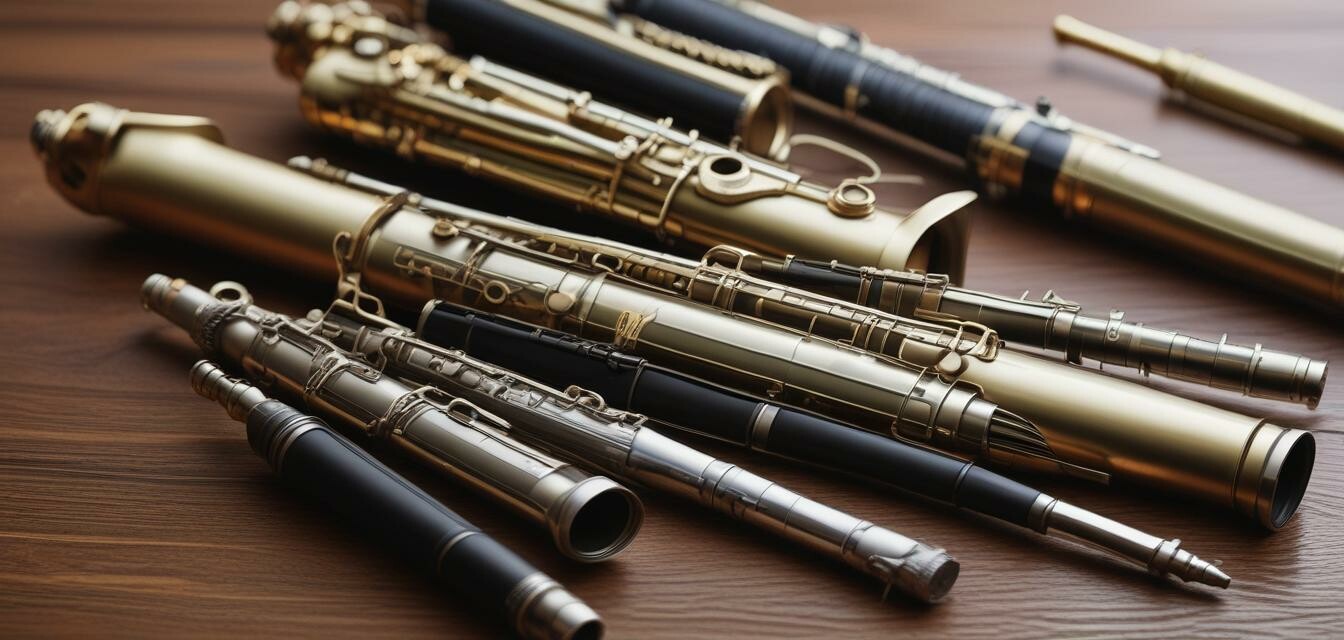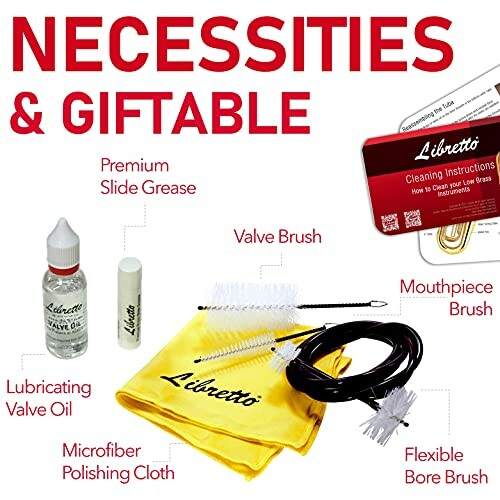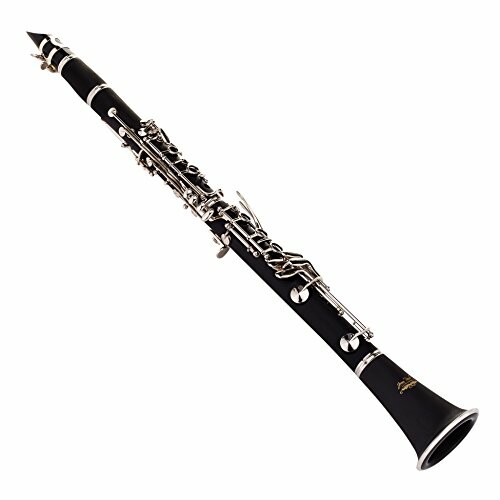
How to Properly Clean and Maintain Your Woodwind Instruments
Key Takeaways
- Regular cleaning prevents buildup and prolongs instrument life.
- Use appropriate tools specific to your woodwind instrument.
- Follow manufacturer guidelines for best results.
- Develop a cleaning routine to ensure consistency.
- Invest in quality cleaning kits for comprehensive care.
Keeping your woodwind instruments clean and well-maintained is essential for peak performance and longevity. In this guide, we will explore step-by-step instructions on how to properly clean and maintain your woodwind instruments, including the necessary tools and techniques that cater to different instrument types.
Importance of Cleaning Woodwind Instruments
Woodwind instruments, such as clarinets, flutes, and saxophones, are susceptible to moisture buildup, dirt accumulation, and other factors that can negatively impact their sound quality. Regular maintenance ensures:
- Optimal sound production
- Prolonged instrument life
- Aesthetic appearance
- Efficient airflow
Tools You Will Need
Before diving into the cleaning process, gather necessary tools. Here’s a list of basic items you may require for your cleaning routine:
- Soft cloths or microfiber cloths
- Cleaning brushes (for mouthpiece, valve, and bore)
- Valve oil
- Slide grease
- Cork grease
- Cleaning swabs
- Cleaning kit specific to your instrument
Step-by-Step Cleaning Instructions
1. **Disassemble Your Instrument**
Always start by carefully disassembling your instrument according to the manufacturer’s instructions.
2. **Clean the Mouthpiece**
The mouthpiece is a breeding ground for bacteria. Here’s how to clean it properly:
- Soak the mouthpiece in warm, soapy water for a few minutes.
- Use a mouthpiece brush to scrub, focusing on any residue build-up.
- Rinse thoroughly and let it air dry on a clean cloth.
3. **Clean the Body of the Instrument**
Depending on the type of woodwind instrument you have, your cleaning method may vary.
- For Clarinets: Use a cleaning swab to remove moisture from the inside. Wipe down the exterior with a microfiber cloth.
- For Flutes: Use a rod to insert a cleaning cloth through the body of the flute to absorb internal moisture.
- For Saxophones: Use a combination of cleaning swabs and brushes for the neck and mouthpiece area.
4. **Lubricate Moving Parts**
Proper lubrication is key to maintaining your instrument’s functionality:
- Apply valve oil to the moving parts (for clarinets and saxophones).
- Use slide grease on tuning slides (for flutes).
5. **Reassemble and Final Check**
Once everything is clean and dry, carefully reassemble your instrument. Check for proper functioning of keys and pads.
Recommended Products for Maintenance
Cleaning Kits
Investing in a good cleaning kit can make maintenance much easier. Here are two recommended products:
Libretto Low Brass ALL-INCLUSIVE Cleaning Kit
This kit includes everything you need for instrument maintenance: valve oil, slide grease, cleaning cloth, and brushes.
Learn MoreClarinet Maintenance
The following product is ideal for clarinet maintenance:
Jean Paul USA CL-300 Student Clarinet B Flat
This clarinet features a nickel-plated key system, ensuring a clear and focused tone – perfect for students!
Learn MoreAdditional Resources for Instrument Care
Check out these helpful links for more information about maintaining your woodwind instruments:
- Instrument Accessories
- Woodwind Instruments Maintenance
- Woodwind Instrument Brands
- Buying Guides
- Instrument Care and Maintenance Tips
Conclusion
Regular cleaning and maintenance of your woodwind instruments is crucial to their performance and longevity. By following the steps outlined in this guide, you’ll ensure that your instruments remain in top condition and continue to provide beautiful music for years to come. Equip yourself with the right tools, and make cleaning a part of your routine!

